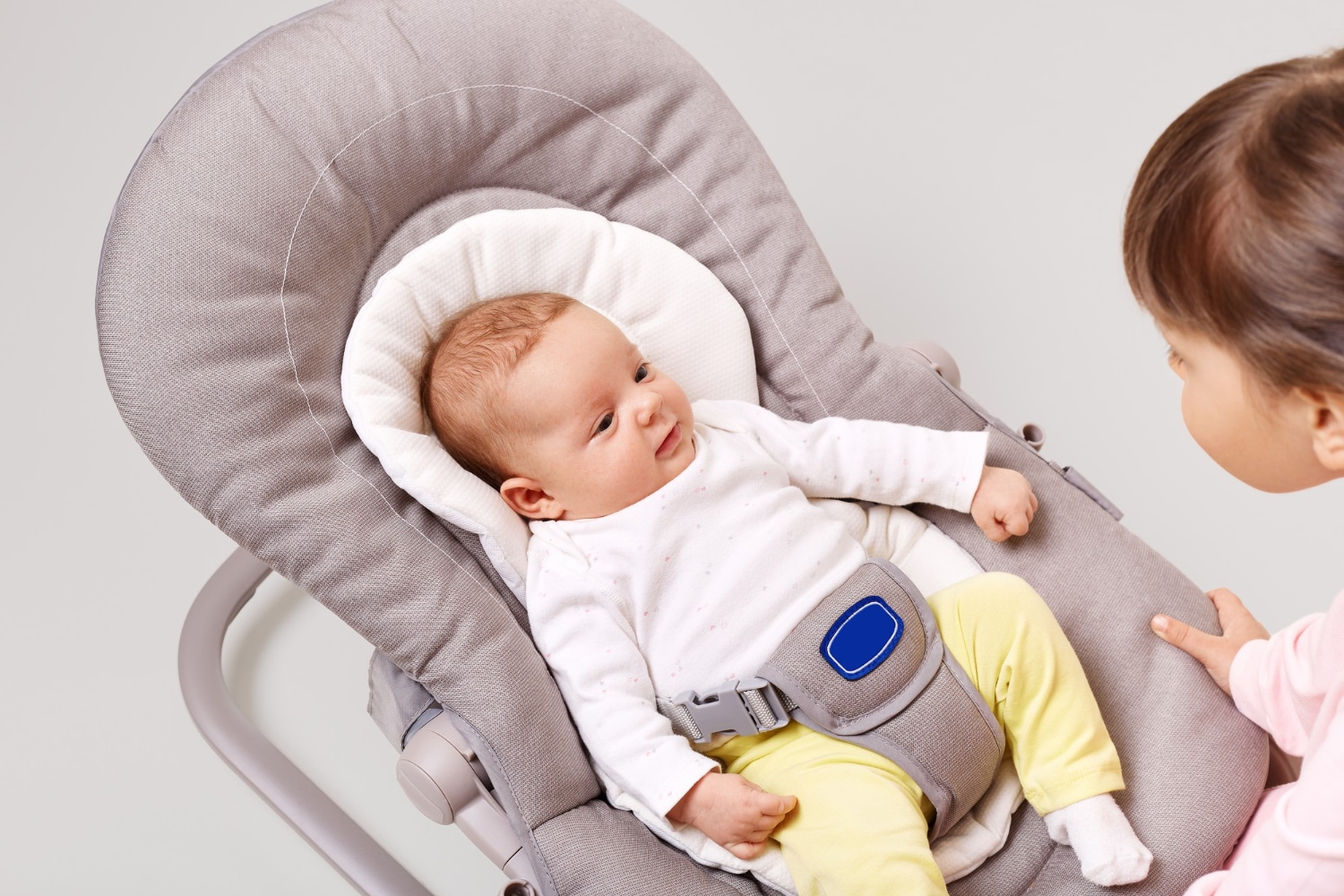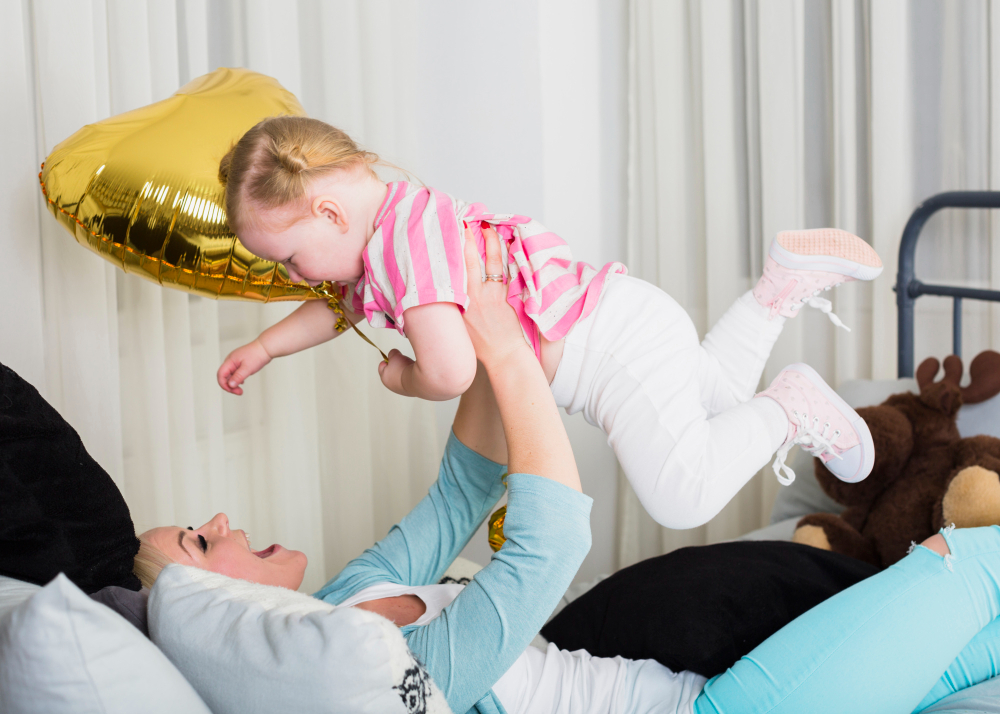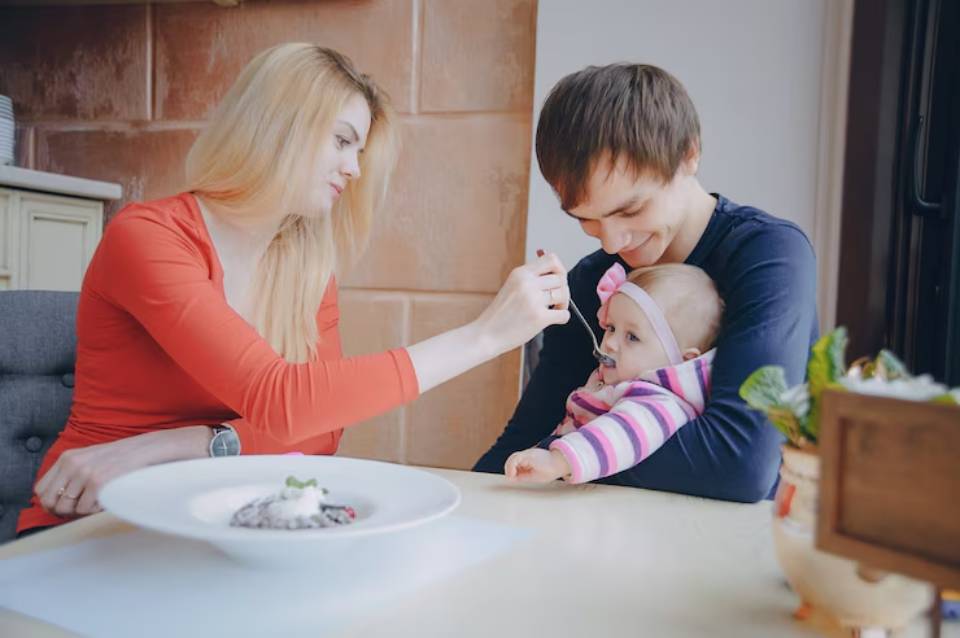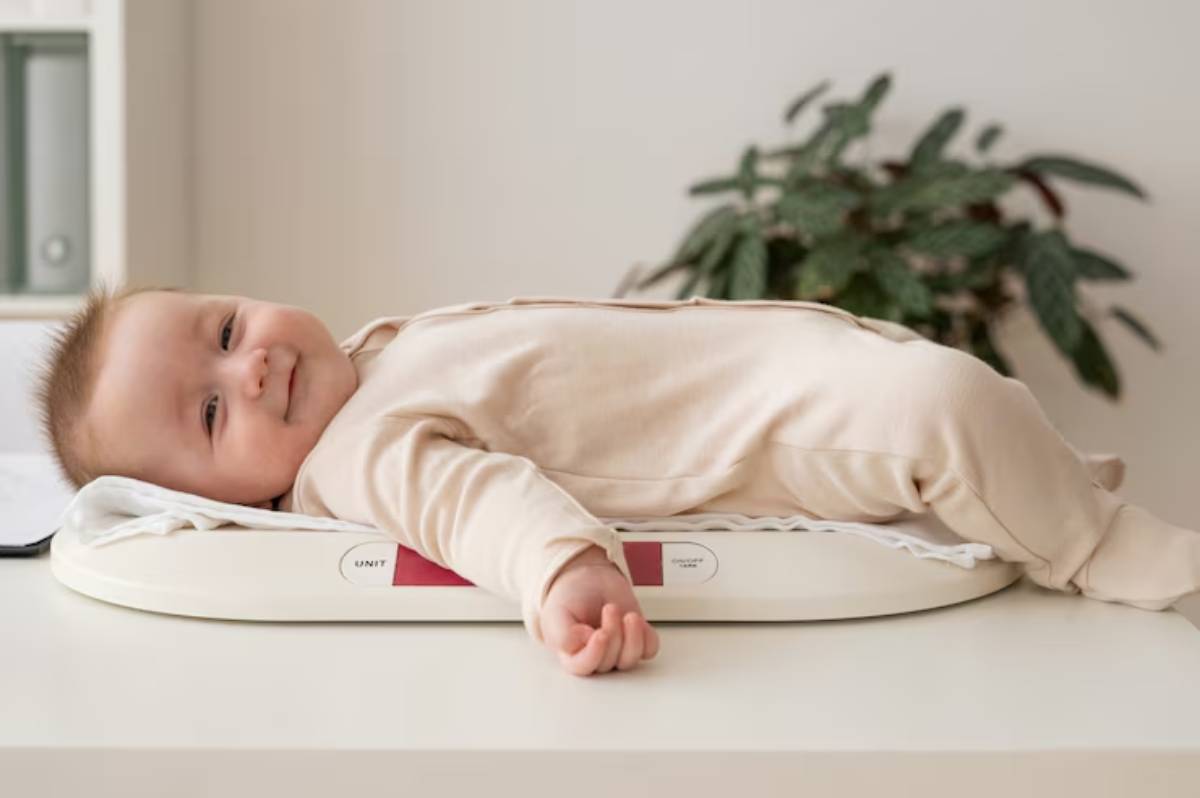
The Role of Motion: Rocking, Bouncing & Baby Sleep
It’s late. The room is dark. You’re gently bouncing or rocking your baby, counting the rhythm of your own breath as you sway. Their eyes flutter. You slow down, easing toward the cot… and they wake up.
Sound familiar?
Motion — whether it’s rocking, bouncing, or gentle swaying — is one of the most instinctive ways parents soothe their babies to sleep. And it’s not just habit. It’s rooted in biology. But while movement is incredibly effective, it also raises questions: Are we creating motion sleep habits that are hard to break? Is rocking to sleep a problem long-term?
This article explores the role of motion in infant sleep: why it works, when it helps, and how to transition away from it when you’re ready. You’ll come away with a deeper understanding of how to bounce or rock your baby to sleep without creating challenges for the future — and how to respond to your baby’s needs with both empathy and strategy.
Why Babies Respond to Motion
A Familiar Sensation from the Womb
Babies are wired to find motion comforting. In the womb, they’re in near-constant movement — rocked by your walking, swaying, and even breathing. These rhythmic motions stimulate the vestibular system, the part of the brain that helps with balance and spatial awareness.
After birth, motion continues to feel familiar and calming. It can:
- Slow an elevated heart rate
- Reduce crying (especially in colicky babies)
- Trigger the release of calming hormones
- Mimic the safe, enclosed feeling of being carried
So when you instinctively bounce or rock your baby, you’re tapping into an incredibly powerful sensory cue — one that says, “You’re safe, you can let go.”
The Science Behind Motion and Sleep
Several studies have shown that rhythmic motion promotes quicker sleep onset and longer sleep duration in infants. In fact, motion during the lightest stages of sleep helps many babies transition into deeper stages more smoothly.
Research published in Frontiers in Psychology suggests that rocking activates the brain’s sleep-related neural pathways. This aligns with centuries of cultural traditions — from cradles to hammocks — that have used motion to lull babies to sleep.
But while motion is biologically soothing, it’s also externally generated. And that’s where the challenge can begin.
Motion Sleep Habits: What They Are and How They Form
Defining Motion Sleep Associations
When a baby falls asleep while being rocked, bounced, or driven in a pram or car, they form a sleep association — linking the act of motion to the feeling of falling asleep.
Over time, this can become their preferred (and sometimes only) way to settle. This means that when they wake between sleep cycles — which all babies do — they may need the same motion repeated to return to sleep.
When Motion Helps — And When It Hinders
Motion is especially helpful when:
- Soothing a newborn (0–3 months)
- Navigating colic or reflux
- Managing overtiredness
- Offering comfort during illness or travel
- Calming during sleep regressions
It becomes a challenge when:
- You’re rocking or bouncing for 30+ minutes every nap or bedtime
- Your baby can’t sleep unless held and in motion
- You’re physically exhausted or emotionally burnt out
- Motion dependency disrupts both naps and night sleep
Motion itself isn’t the problem — but when it becomes the only tool in your kit, it can lead to sleepless patterns for everyone.
Real-Life Scenarios: When Motion Works and When It Doesn’t
Scenario 1: Newborn and the “Fourth Trimester”
In the early weeks, your baby doesn’t yet distinguish between day and night. Motion mimics the womb, offering comfort as they adjust to the outside world.
Motion here is not only effective — it’s often necessary. Holding, wearing, or rocking your baby to sleep supports their development and promotes bonding. This is not the time to worry about long-term habits.
Scenario 2: Six-Month-Old and Frequent Night Wakings
Your baby is growing, developing more awareness, and waking multiple times at night. Each time, they need to be rocked back to sleep. You’re aching and exhausted.
This is a sign that motion has become a dependent sleep association. It’s time to gently introduce more sustainable methods — like new sleep cues and less hands-on soothing.
If you’re not sure how to start that transition, our article on sleep associations: good, bad & how to change them offers a comprehensive roadmap.
How to Use Motion Mindfully
1. Use It as a Soothing Tool, Not a Sleep Crutch
Let motion be part of your baby’s wind-down — not the way they fall asleep completely. For example:
- Rock until drowsy, then place in the cot awake
- Bounce after a feed, then swaddle and set down
- Wear your baby during the day, but aim for at least one motion-free nap in the cot
This helps your baby associate motion with comfort, not sleep itself.
2. Watch for Overuse
If you’re finding that motion is the only thing that works — every single time — take a step back and assess:
- Is your baby overtired?
- Are naps irregular or too late?
- Is there a calming bedtime routine in place?
Motion often masks deeper sleep challenges. Tweaking your schedule or environment can reduce the need for intense rocking or bouncing.
3. Balance Motion with Stillness
Give your baby practice falling asleep in stillness, even if just once a day. You could:
- Use white noise or soft music
- Pat gently in the cot instead of rocking
- Use your voice to soothe rather than movement
Start with naps or early bedtime, when your baby is less overtired.
Over time, this builds motion-free self-soothing skills.
Transitioning Away from Motion Sleep Habits

Gentle Ways to Reduce Motion Reliance
If your baby is older than 4–6 months and motion is causing sleep disruption, begin shifting their association by:
- Gradually reducing rocking time
- Slowing your movement as they get sleepier
- Moving from motion to stationary cuddling
- Replacing motion with consistent sleep cues (white noise, dark room, comforter)
Consistency is key. Don’t expect overnight results — it may take a week or two of repeating the new routine before your baby adapts.
Supporting Baby Through the Change

Transitions can be tough for babies used to being rocked or bounced. They may fuss more initially. Offer:
- Physical closeness (hand on chest, holding briefly)
- A calm, consistent bedtime routine
- Comfort without reverting to previous motion habits
It’s okay to take small steps — you’re not removing support, you’re reshaping it.
When to Keep Motion
If you love rocking your baby and it works for you, there’s no need to stop entirely. Many toddlers still enjoy a pre-bed cuddle in the rocking chair. The goal isn’t elimination — it’s balance.
If motion brings connection, calm, and comfort, it’s a valuable tool. Just make sure you’re not the only one who can make sleep happen.
Parental Wellness Matters Too

The Impact of Physical Exhaustion
Rocking and bouncing take a toll — especially if it happens for hours each day. Sore backs, sleep deprivation, and mounting stress can lead to burnout.
Ask yourself:
- Is this working for my body and mind?
- Do I feel dread at bedtime?
- Am I constantly anxious about nap time?
If so, it’s time for change — not because you’re failing, but because you’re prioritising long-term wellness for both of you.
It’s Not Selfish to Seek Simpler Sleep
Sometimes parents worry they’re “giving up” on motion because they want easier nights. The truth? Wanting better sleep is not selfish. It’s essential.
Gentle sleep shaping, combined with responsive parenting, can create a rhythm that works for your baby — and preserves your energy.
Want guidance on building sustainable evening routines? Our post on effective soothing techniques that help babies sleep offers practical tips you can blend with motion or use to begin shifting away from it.
Motion as a Season — Not a Lifelong Strategy
Rocking and bouncing are powerful tools. They help your baby feel calm, safe, and loved. Used mindfully, motion can support healthy sleep, not sabotage it.
But like many parts of early parenting, it’s a phase. As your baby grows, their ability to self-soothe grows too. And that means you can begin to move from motion to stillness, without fear or guilt.
So if you’re bouncing at midnight or swaying at sunrise, know this: you’re doing what your baby needs right now. And when the time comes, you’ll know how to help them rest without it.
You’re already their safe place. Sleep is simply one more step you’ll take together.


